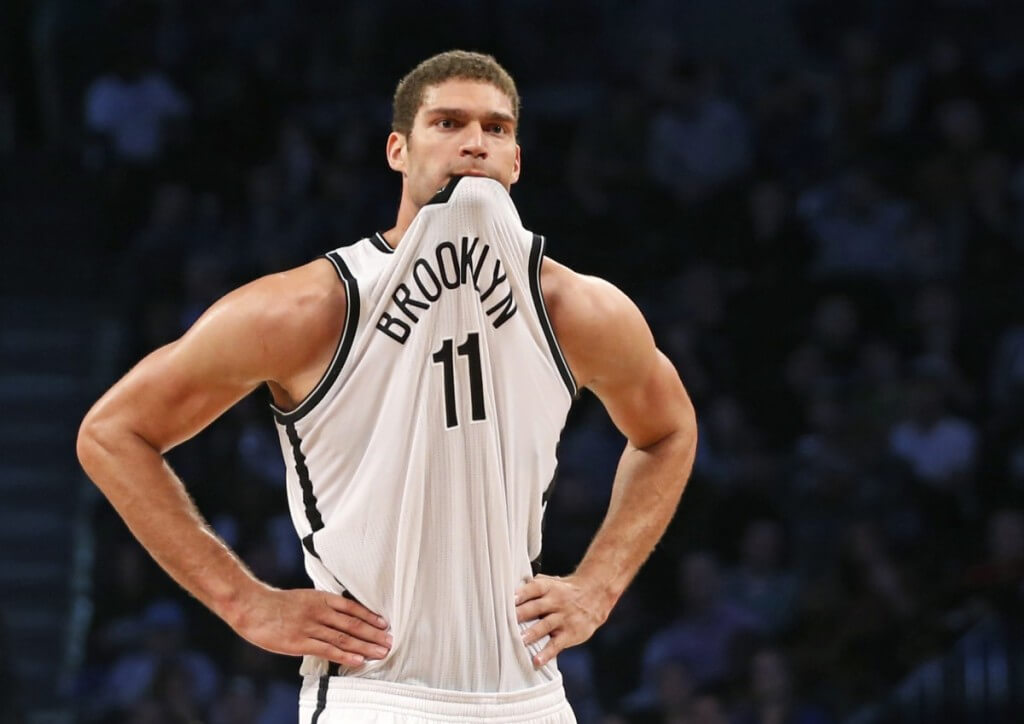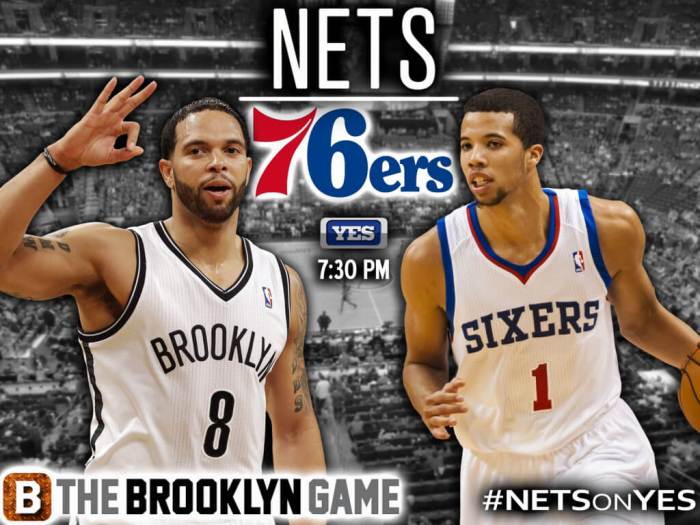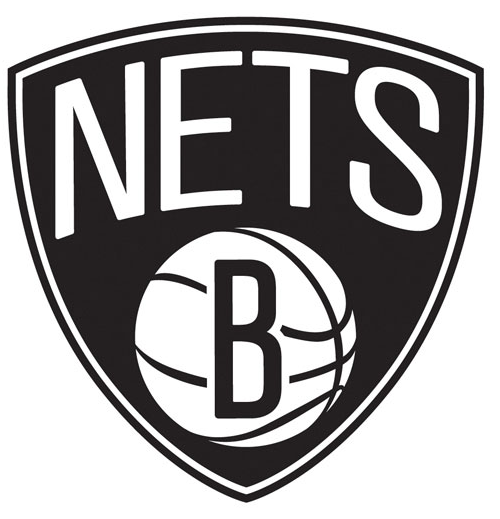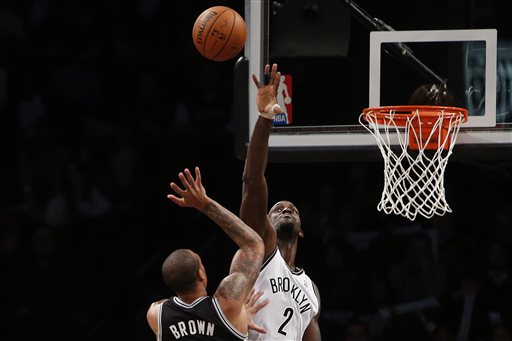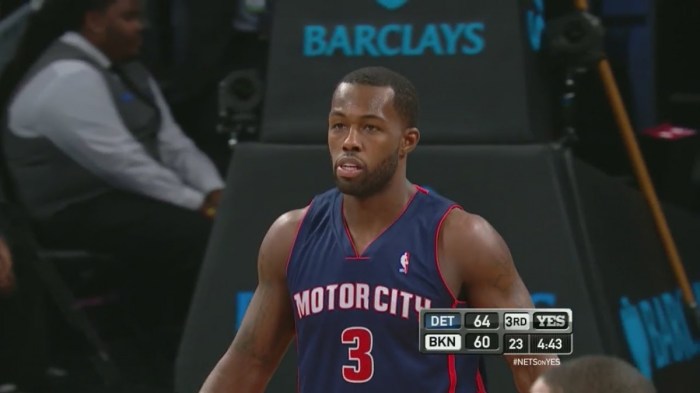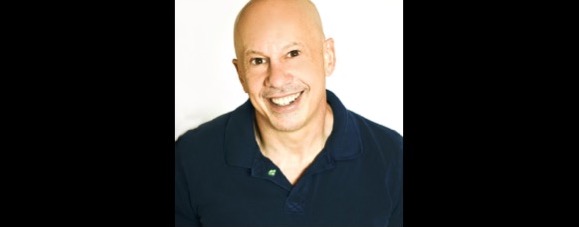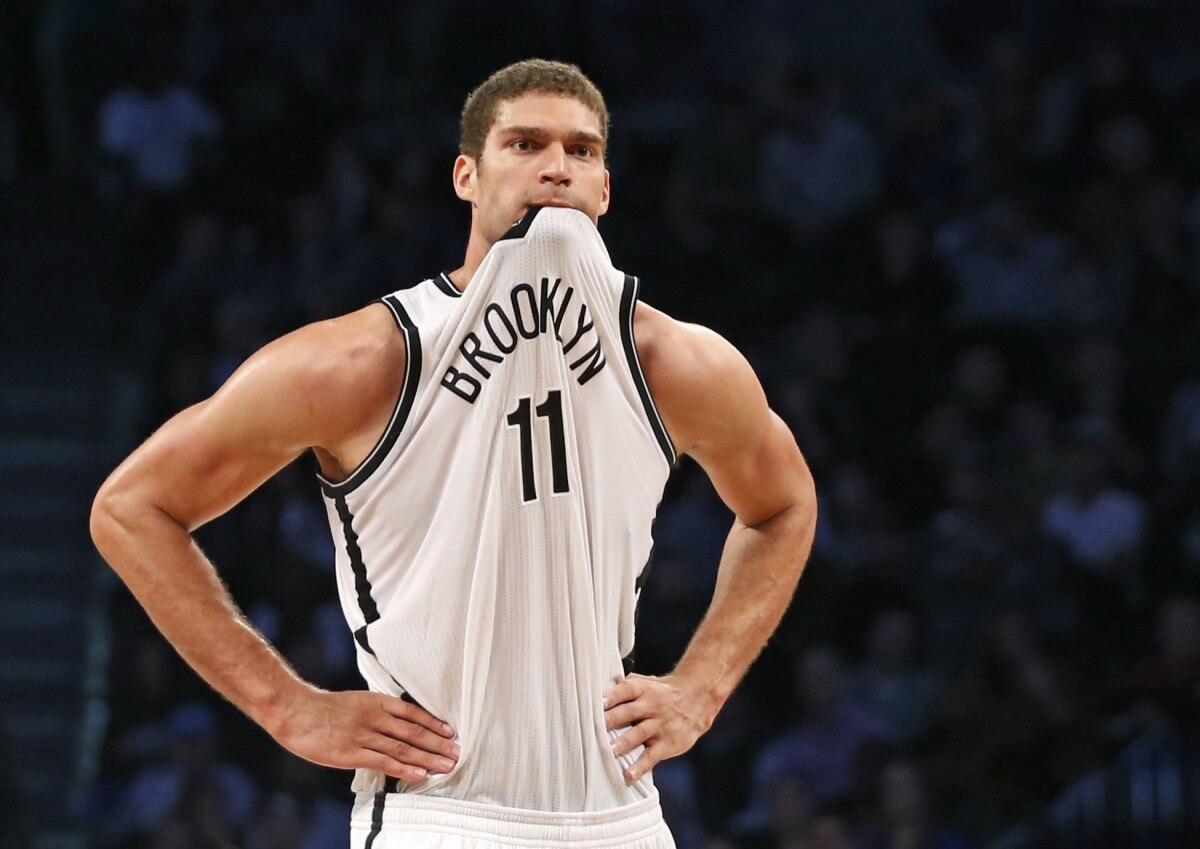
It’s only been two weeks and Lionel Hollins is already sick of the question.
“I don’t have any decision to make,” Hollins said, a wide smile both expressing his amusement and hiding his exasperation. “When Brook comes back, I told you, I’ll deal with it. I’m not dealing with it right now. I’m just coaching the guys that are out there playing, and that’s all I do.”
The decision, of course, comes down to who should start at center: 24-year-old Mason Plumlee or 26-year-old Brook Lopez, the former best known for sneaking his way onto the US Men’s National Team and the latter for being an All-Star scorer with as many foot problems as trade rumors. Hollins has to deal with it soon: Lopez returned to practice Tuesday, though Hollins said he struggled with his conditioning.
After struggling to fit his square game into a round hole in November, Plumlee has played much more comfortably in the past six games (albeit against mostly poor-quality competition), averaging 18 points and 10.2 rebounds in 34.2 minutes per game, hitting 68.2 percent of his shots.
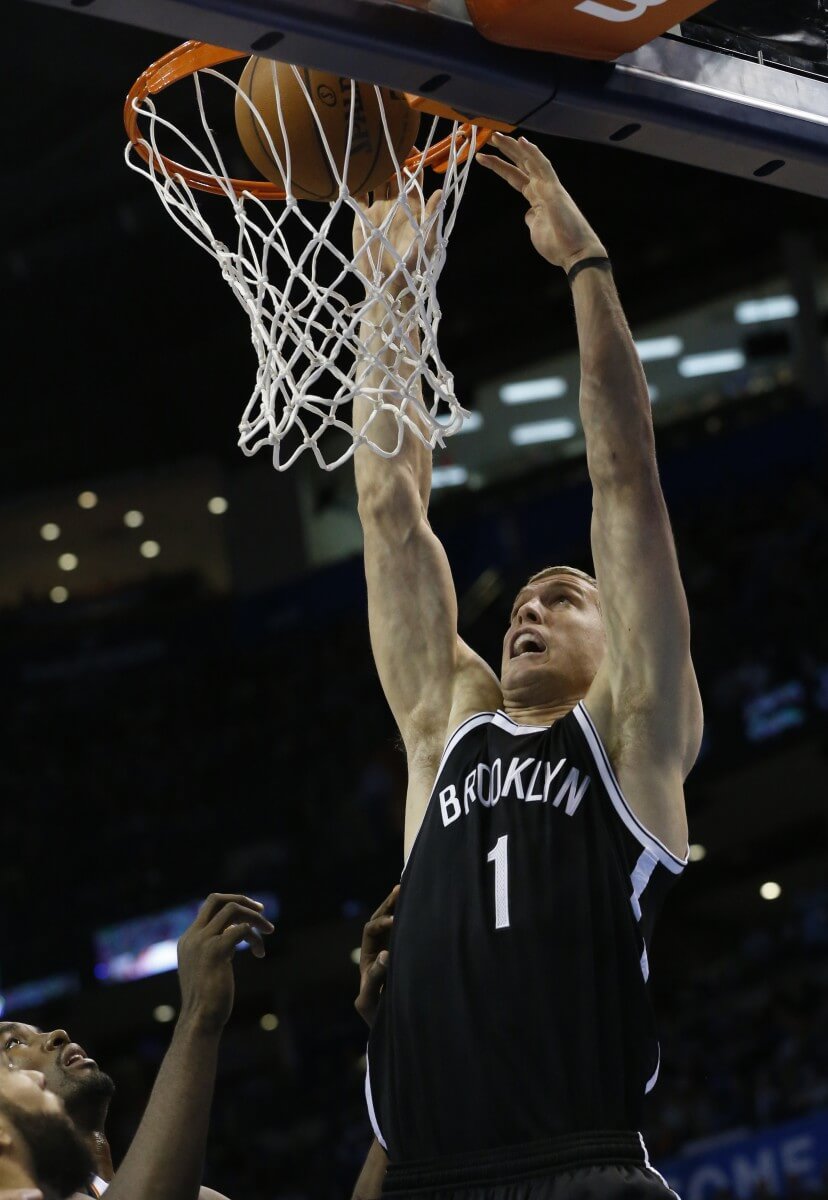
But he doesn’t do much else. He’s not an elite defender, often a step or two out of position. He’s improved as a rebounder, bumping his rebounds per 36 minutes from 8.7 his rookie season to a more robust 11.6 so far this year, but he still struggles against elite rebounders (just look at Andre Drummond’s 13 offensive rebounds Sunday night as evidence) and the team is not a better at grabbing boards with him on the floor. His post play is limited to awkward face-ups and kick-outs. He’s considered untouchable right now in team trade talks, but it’s not because he’s the future. It’s because the only other center on the team that’s not injured or 37 is Jerome Jordan.
He’s best as a secondary option, letting others create the opportunity and filling in the blanks. That’s how the long-term argument for Plumlee goes, as most people pose it: Mason Plumlee fits better in Brooklyn’s offense because he’s at his best when he’s not the focal point of it.
But, and here’s the weird part people seem to forget: so is — or, was — Brook Lopez.
Revisionist history argues that Lopez at his peak got his best looks on an island, in post-ups or isolations, and that’s what carried the Nets to their success. But in his last full season in 2012-13, Lopez led the NBA with 385 points scored off plays classified as “cuts” by Synergy Sports Technology, which are assisted shots near the rim, like dump-offs for dunks and layups.
Here’s two of those 385 points:
It’s simple, easy stuff. He made his mark not just with his soft touch and solid post play, but also with his timing, finding space as Joe Johnson and Deron Williams drove to the basket and diving in for layups and dunks with the defense distracted. (Roughly half of Lopez’s baskets off cuts were assisted by Williams.) He led the team in scoring, not because he was the first option, but because he was the finisher, much like Plumlee is now.
The problem is that Lopez hasn’t been that player this season.
An NBA offense is a five-man ecosystem, which is at its best when all five players have a function. But in trying to get his bearings back, Lopez has relied too much on being an isolationist scorer while his teammates clear out and act as little more than spectators. Since Lopez has never been a particularly adept passer, his post-up opportunities more often than not end up wasted. Too many Nets possessions with him on the floor now end brutally: once the ball hits Lopez’s hands, the team clears out to take a collective nap as Lopez stumbles back and forth before firing a hook shot or jumper over his left shoulder.
Outside of the obvious rust, only 54 percent of Lopez’s buckets have been assisted on this year, which would rank as the lowest mark in his career. It’s a signifier for a troubling trend: Lopez has looked for his shot over structure.
Similarly, his own passing has gone from rough at best to non-existent. It’s why, even though Joe Johnson didn’t name names, it wasn’t hard to point at Lopez as the epicenter for the team’s selfishness.
His shooting touch isn’t back to where it was before the injury, which isn’t too surprising for a player that missed nearly a full year. Both his shots per game off cuts and his effectiveness scoring in them have fallen off a cliff. Everyone’s at fault: the Nets aren’t looking for him in those spots, probably because he’s busy looking out for himself in post-ups, and he’s not converting the looks he does get.
Here’s a typical possession with Lopez in the game: the Nets bat the ball around until it ends up in his hands, get the hell out of the way, and watch Lopez try to do something himself. Let’s watch it from above, via the NBA’s SportVU cameras (Nets blue, Bulls red), so we can get a sense of how the court is spaced. (Also, because it looks really freaking cool.)
The progression here — again, pretty standard fare — is just sad, and somehow even more lifeless than the circles that pretend to be breathing humans. There’s almost no movement except to scatter away. There’s no misdirection or confusion. The Nets just swing the ball to Lopez and participate in a stand-around. That’s not an effective way to play basketball, even for a talented post scorer like Lopez at his peak.
But as Don Draper might say, I didn’t come here to tell you about Brook Lopez. You already know about Brook Lopez. He either lives in your heart or he doesn’t. You either know him as the dominating interior presence he can be or the injury-prone mess he has been. Both can be true at the same time, and neither could be true tomorrow.
That brings us back to Hollins’s decision, which is both easier and harder than it looks. If “finisher” Lopez comes back, there’s no debate to be had here: it’s easy to forget that the Nets waltzed to a 49-33 record (46-28 with Lopez in) and a top-10 offense despite featuring two complete non-scorers in Gerald Wallace and Reggie Evans in the starting lineup, and a two-month stretch of poor play from Deron Williams. Kevin Garnett is still enough of an interior defender and skilled rebounder for the two to coexist.
But let’s not live in the past. Lopez clearly isn’t at peak form right now, and Plumlee should continue to start for the time being. Bringing a player returning from injury off the bench isn’t exactly a novel idea; you might remember Deron Williams decided on his own to come off the bench for six games as he re-integrated into Brooklyn’s new offense last January, as well as Paul Pierce electing to come off the bench when returning from a hand injury.
There’s also the argument that bringing Lopez off the bench would help the team’s second-quarter woes, by letting him go against bench players. That might be true; Lopez would get a few minutes to play against second-tier centers, and could pore on the points. But the entire team has stunk in second quarters, not just the bench players, and the endemic nature of the failures seems to point to a team-wide issue with their system. At this point, it just seems smartest to bring him along slowly, until he’s ready to play big minutes again.
Then there’s the ugly possibility: what happens if Lopez can’t return to form? He’s only been good in spurts over the past two seasons, and the Nets only found a solution to their early season woes last year after Lopez went down for the year. It’s hard to imagine the team relying on Plumlee and Jordan all year, and it’s equally hard to imagine them getting a decent return if they decide to trade Lopez.
It’s a tough call that only time will tell, and it’s indicative of where the team is now: floundering in the middle of the Eastern Conference, figuring out how to balance overpriced regret with middling prospects.

